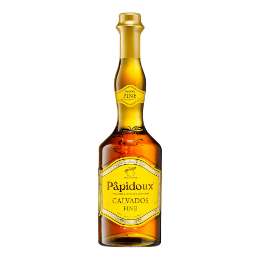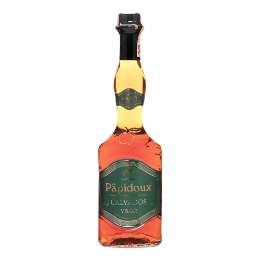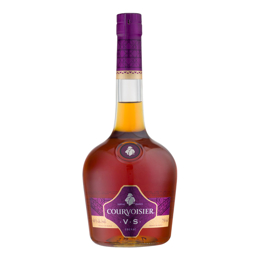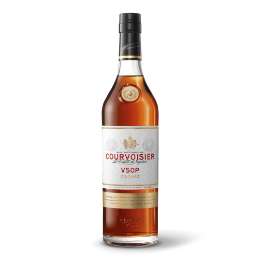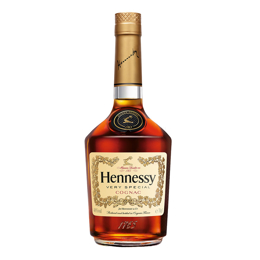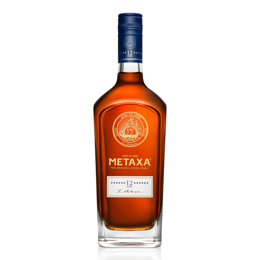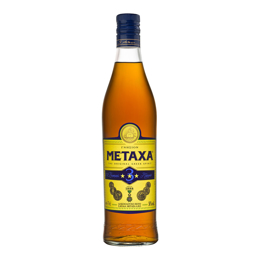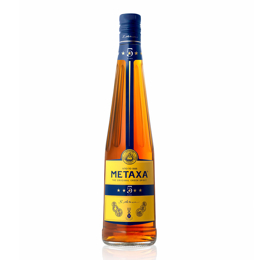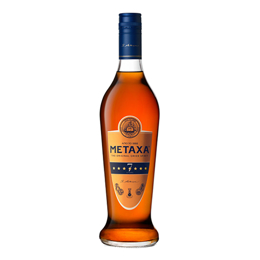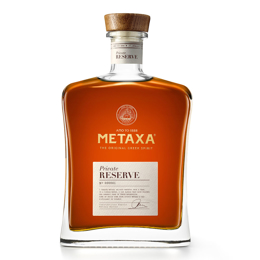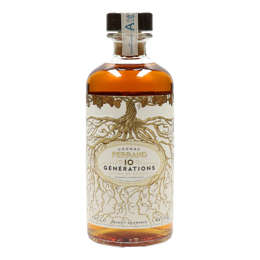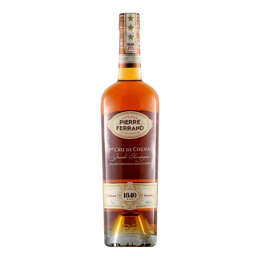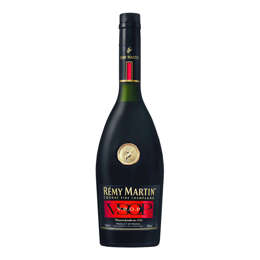Cognac / Brandy / Calvados
Calvados Papidoux Fine 700ml
Calvados Papidoux V.S.O.P 700ml
Courvoisier V.S. 700ml
Courvoisier V.S.O.P. 700ml
Hennessy V.S. 700ml
Metaxa 12 Stars 700ml
Metaxa 3 Stars 700ml
Metaxa 5 Stars 700ml
Metaxa 7 Stars 700ml
Metaxa Private Reserve 700ml
Pierre Ferrand 1840 700ml
Frequently Asked Questions
01What makes cognac / brandy different from other drinks?
Despite being aged spirits, like many others, their production starts from wine. This is a very important differentiating factor.
02What cognac / brandy options do you have for someone who has never tried it before?
Courvoisier V.S. and Pierre Ferrand 1840 are the best choices to start with.
03How would you describe the taste and the aroma of cognac?
It is obvious that grape, the basis for making cognac, is evident in the spirit. This applies to both the mouth and the nose. From there on, cognac has chocolate, citrus, coffee and peach flavors. Aromas include vanilla, caramel, dried prune, apricot and orange peel.
04 Is there any difference in cognac / brandy, depending on the region of their production?
The production area determines the grape variety or varieties used to prepare the base wine. This is the wine that undergoes distillation, in order to produce the spirit intended for aging. The diversity of the varieties is reflected in the diversity of the final product. For example, it is worth mentioning that cognac is a specific type of brandy, produced exclusively in the Cognac sub-district of western France, using almost exclusively the Colombard, Folle Blanche and Ugni Blanc grape varieties. On the contrary, Metaxa has Muscat of Samos in a leading role.
05What is the ideal occasion to enjoy brandy?
Brandy is mostly a winter drink. Its warmth and depth are more suited to the cold season of the year. An evening at home, with or without company, takes on a new dimension through a glass of brandy. However, enjoying brandy in your favorite bar is also a very good idea.
06How can I store brandy properly, to preserve its taste?
Always out of the fridge, brandy seeks a cool and shady environment. Its rich aromas will only be preserved if the bottle is properly corked.
07Any suggestions on how to best serve cognac?
It's a matter of preference. Some prefer it neat, at room temperature. Some cool it slightly with an ice cube. Others add some drops of mineral water and others a few drops of bitters.
08Can brandy be used in cocktails, and if so, which are the most popular?
When we talk about the Old Fashioned, our mind goes to whiskey. A variation, however, is made with brandy. It combines it with club soda, Angostura bitters, orange slices, Maraschino cherries and a sugar cube. The Sidecar is also wonderful, in which brandy (preferably cognac) is married with Cointreau and lemon juice.
09 Does the glass, which I drink brandy from, matter?
There are special glasses. They have a short stem, a wide bowl and a narrow top. The short stem facilitates the contact of our palm with the base of the bowl. Thus, the heat of our hand enhances the evaporation of the aromatic elements of the spirit. These will "squeeze" into the narrow top, offering our nose a unique olfactive experience.

